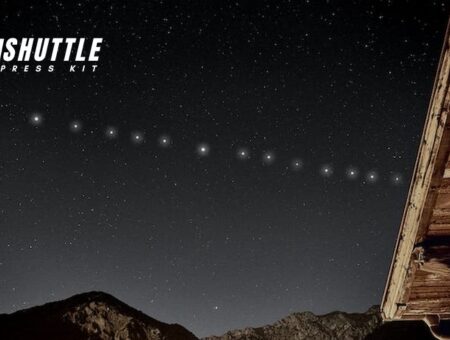Have you ever looked up at the sky on a clear night and spotted a bunch of bright dots moving like a train? Chances are, you’ve seen Starlink satellites passing by! These cool space gadgets are kind of like stars, but not really. They actually help make the internet work for people all over the world. But what do these space machines look like when they’re way up high in the sky?
When I look up at the night sky and see Starlink, it’s quite a unique sight. Imagine seeing a string of pearls gliding smoothly across the dark curtain above. It’s not every day you get to witness such an orchestrated movement among stars.
The satellites often appear as a line of bright lights traveling from one end of my view to another and sometimes they’re so well-aligned that it feels like I’m watching some cosmic train silently chugging along its track among the stars.
What Does a Starlink Satellite Look Like in the Sky?
When observing the night sky, you might occasionally witness a captivating sight of several Starlink satellites gliding overhead. Initially, after being launched into space, these satellites create a striking visual effect known as a “Starlink train,” which resembles a string of bright dots moving harmoniously across the dark canvas.
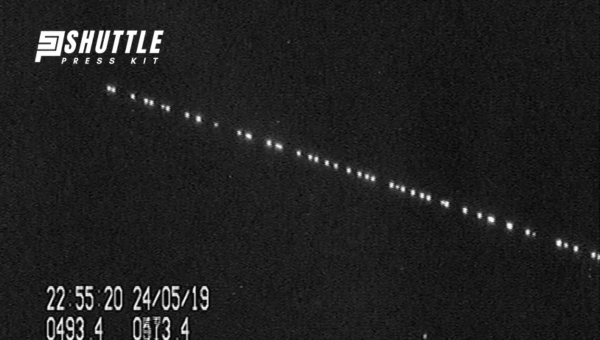
This phenomenon has even led to reports of UFO sightings by those unfamiliar with it. However, this spectacle is short-lived; as the satellites reach their operational altitude about 340 miles above Earth, they spread out and become less noticeable against the vastness of space.
To capture this fleeting moment requires both timing and a clear night sky. Professional photographers and astrophotography enthusiasts often attempt to immortalize the Starlink train through time-lapse photography, showcasing its journey across the stars before it disperses.
satellite orbits for around five years, contributing to SpaceX’s ambitious goal of establishing a mega-constellation composed of up to 42,000 units to provide global internet coverage. The latest models are significantly heavier than their predecessors, starting their orbit at an impressive weight of 800 kilograms each.
Also Read: Low Capacity vs High Capacity Starlink: Optimize Your Choices
Starlink Satellite Constellation Numbers
As of the mid-2023 count, the sky is dotted with a total of 4,519 Starlink satellites. Among them, an impressive count of 4,487 satellites remains operational, actively serving the mission to blanket Earth in high-speed internet.
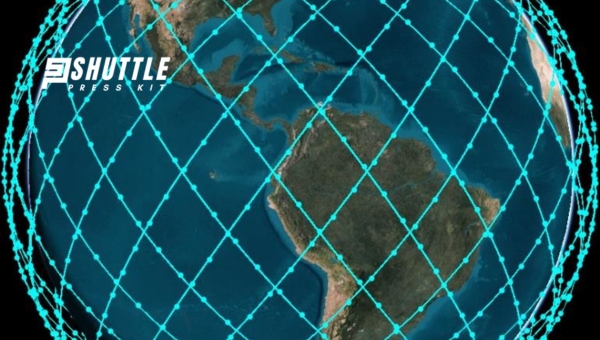
This vast network, meticulously tracked by renowned Astronomer Jonathan McDowell on his dedicated website, represents a significant leap towards global connectivity.
Concerns Over the Growing Satellite Fleet
However, this ambitious project spearheaded by SpaceX has raised eyebrows in both astronomical and environmental communities. Astronomers express deep concerns regarding the potential interference these bright satellites may pose to celestial observations.
Meanwhile, space safety experts flag them as prime collision risks amidst Earth’s orbitals. Beyond collision hazards and observational obstructions, there’s apprehension about atmospheric impacts—specifically the climate implications of deorbiting metal mass from expired satellites returning to Earth. The growing constellation stirs mixed feelings about its presence overhead.
Also Read: Starlink Cable Routing Kit: Easy Install Guide!
Starlink Satellites Impact on Astronomy
The introduction of Starlink satellites by SpaceX has sparked a significant discussion within the astronomy community about their impact on night sky observations. As the number of these satellites increases, concerns grow regarding their influence on astronomical research and the visibility of celestial bodies. Below are key points outlining the specific effects and concerns raised by astronomers:
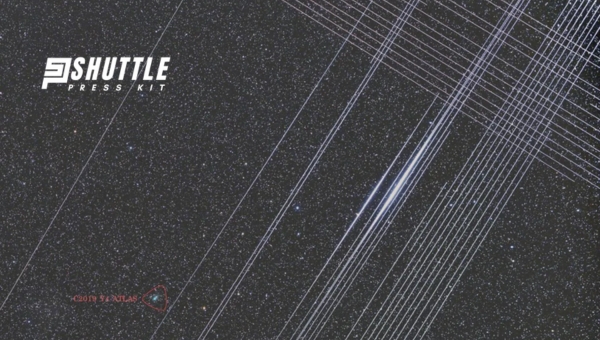
- Increased Brightness in the Night Sky: The reflectivity of Starlink satellites can significantly increase the brightness of the night sky, potentially hindering observations made by both professional telescopes and amateur stargazers.
- Interference with Astronomical Observations: Streaks left by satellite constellations in long-exposure images can obstruct astronomical data, complicating research that relies on clear images of distant stars, galaxies, and other celestial phenomena.
- Challenges for Sensitive Telescopes: Highly sensitive telescopes like the Vera Rubin Observatory are particularly at risk. The large amount of data they collect could be compromised by bright trails left by satellites crossing their field of view.
- Appeals to Global Governance: Organizations such as the International Astronomical Union have issued statements urging satellite deployers to work alongside astronomers to mitigate these impacts. There have been calls for action at an international level, including appeals to institutions such as the United Nations to help protect night skies.
These points highlight ongoing concerns within the astronomical community regarding satellite constellations like Starlink. As space becomes increasingly commercialized, finding a balance that allows for both technological advancement and preservation of our night sky is becoming more crucial.
How to See the Starlink Satellite Show?
The Starlink satellite show is a captivating sight, featuring a chain of satellites gliding across the night sky. These satellites, launched by SpaceX, are part of an ambitious project to provide global internet coverage. Observing this “train” of lights can be an exciting experience as they reflect sunlight and become visible from Earth under the right conditions. Here’s how you can catch this celestial display:
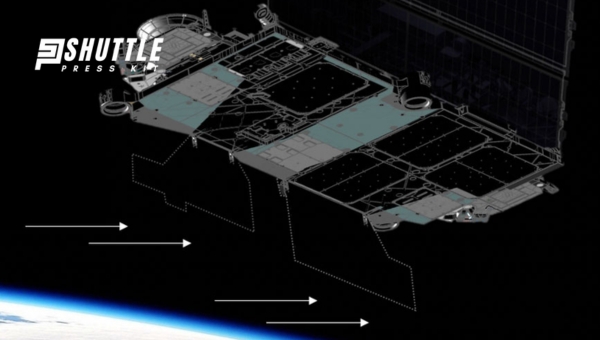
- Check Availability: Determine if the Starlink satellite show is visible in your area. The visibility depends on their orbit, your location, and local viewing conditions.
- Use Online Tools: Utilize platforms like Find Starlink or satellitemap.space to track the satellites’ paths. These services allow you to search by your city or coordinates, offering predictions on when you might see the Starlink satellites.
- For Find Starlink, choose your city or enter your coordinates for tailored sighting opportunities.
- On satellitemap.space, employ its Google Earth-like interface to visualize satellite positions and their path over your location.
- Select Viewing Time: Look for times when satellites are predicted to pass over your region. Early morning or late evening tenders better viewing conditions due to the angle of sunlight reflecting off the satellites against a darker sky.
- Prepare Accordingly: On chosen dates and times, find a spot with minimal light pollution and a clear sky view for optimal observation.
- Watch The Sky: Keep an eye out for a series of small, bright dots moving across the sky in a line. This formation signals the unique appearance of the Starlink satellite constellation.
These steps offer a straightforward method for anyone intrigued by space technology or stargazing to witness one of SpaceX’s most visually striking contributions to orbit.
Also Read: Can You Set Up Your Starlink Router Outdoors? Ultimate Guide
FAQs
What does Starlink look like in the sky?
Starlink appears as a line of bright moving lights in the night sky, resembling a string of pearls.
How can I spot Starlink?
Look for a train of closely-spaced, fast-moving lights that appear as though they are “chasing” each other across the sky.
Is Starlink always visible?
Starlink satellites are usually visible for a few minutes as they pass overhead, typically shortly after sunset or before sunrise.
Why does Starlink look different from traditional satellites?
Starlink satellites are launched in large groups, creating the unique formation of bright lights moving across the sky in a straight line.
Conclusion
Starlink satellites have become a novel spectacle in the night sky, fascinating astronomers and casual stargazers alike. As they orbit Earth, these satellites typically appear as a string of bright, moving lights. This unique visual phenomenon occurs because the Starlink satellites are positioned relatively close to the planet and are highly reflective, making them visible under the right conditions shortly after sunset or before sunrise.
As Starlink’s network expands to improve global internet coverage, sightings will likely become more frequent. While this technological marvel promises significant advancements in connectivity, it also presents challenges for astronomical observations. Balancing progress with preservation of our night sky’s natural beauty is crucial as we venture further into the space age.
